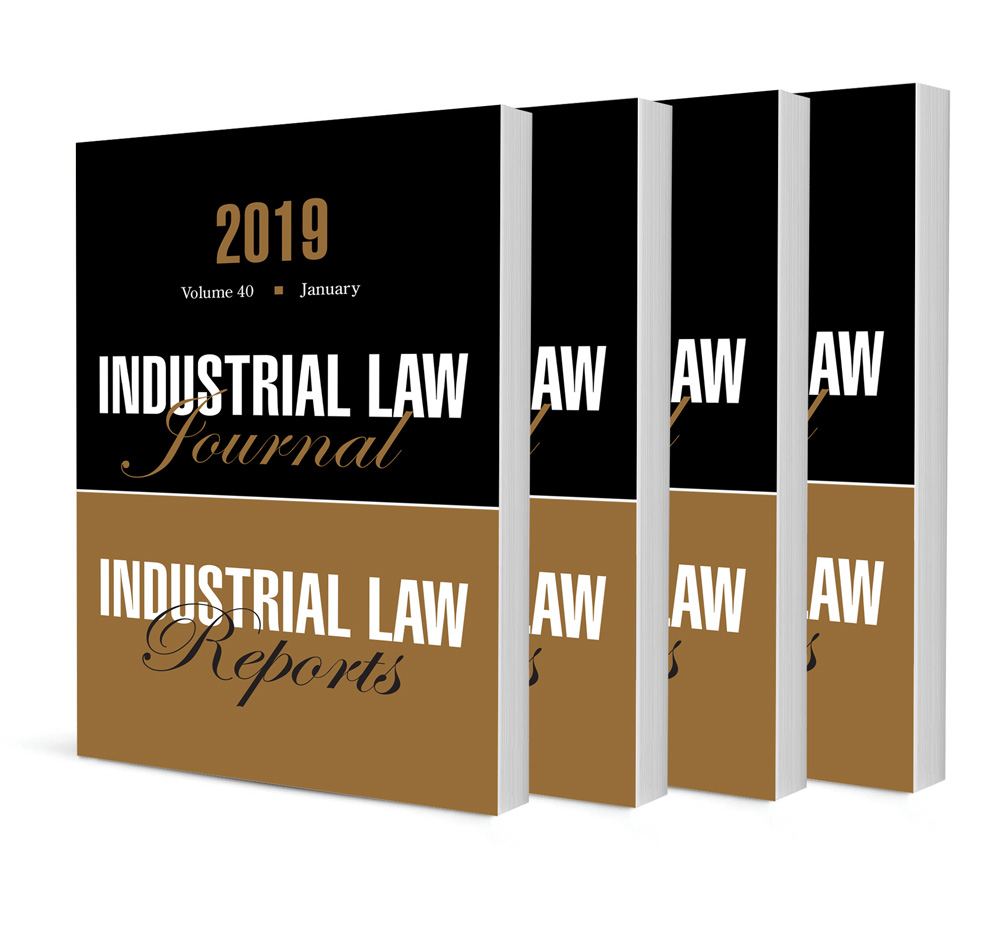Notes: Incompatibility in the Workplace as a Ground for Dismissal in South Africa: A Review of Cases

Notes: Incompatibility in the Workplace as a Ground for Dismissal in South Africa: A Review of Cases
Authors PT Mtunuse & T Ncetezo
ISSN: 2413-9874
Affiliations: Senior Lecturer, School of Law, Walter Sisulu University; Lecturer, Department of Management, Walter Sisulu University
Source: Industrial Law Journal, Volume 44 Issue 4, 2023, p. 41 – 52
https://doi.org/10.47348/ILJ/v45/i1a3
Abstract
Incompatibility occurs in a workplace when an employee does not work amicably with colleagues, fellow employees, and clients. However, in certain circumstances, incompatibility may occur due to the employer’s actions against employees. Incompatibility is not listed as a ground of fair dismissal in the Labour Relations Act (LRA) 66 of 1995, but arises from case law. Incompatibility is classified variously under incapacity, operational requirements, or misconduct. This note aims to investigate circumstances in which an employee may be dismissed for incompatibility at the workplace. A review of cases will be undertaken to expose disparities in courts’ decisions. The authors will recommend that there should be an amendment to s 188(1)(a)(i) of the LRA to include incompatibility as one of the grounds for a fair dismissal for the purpose of ending inconsistencies in our labour law jurisprudence.